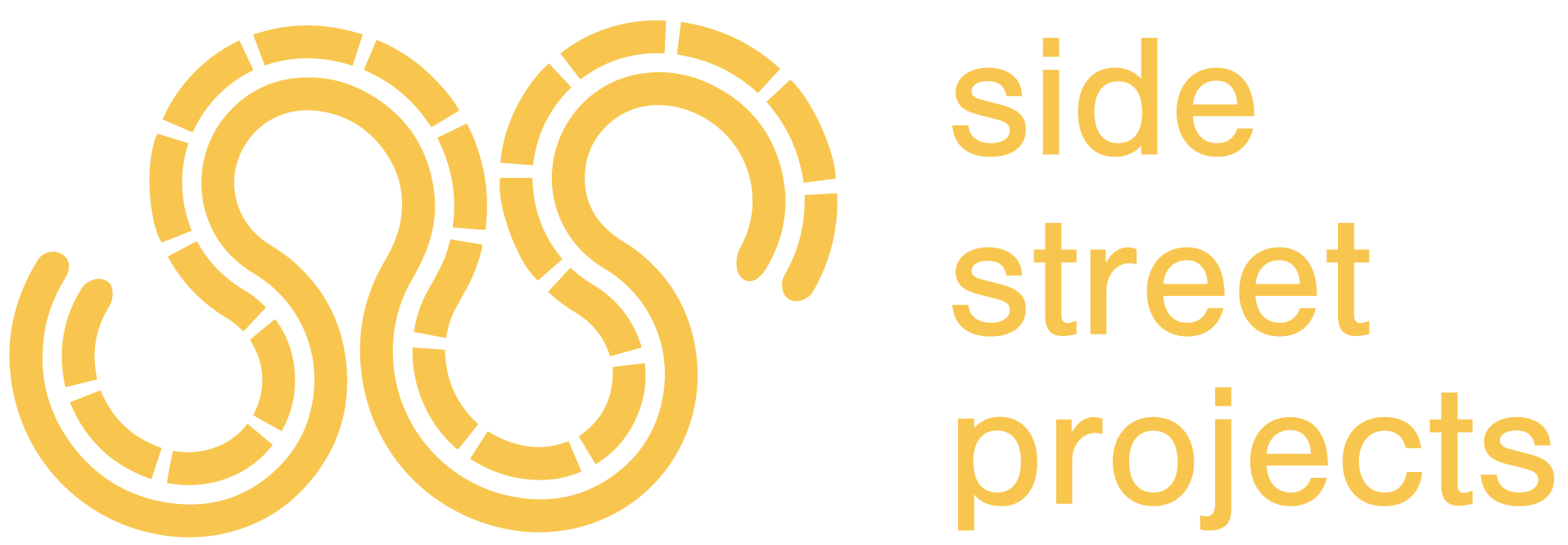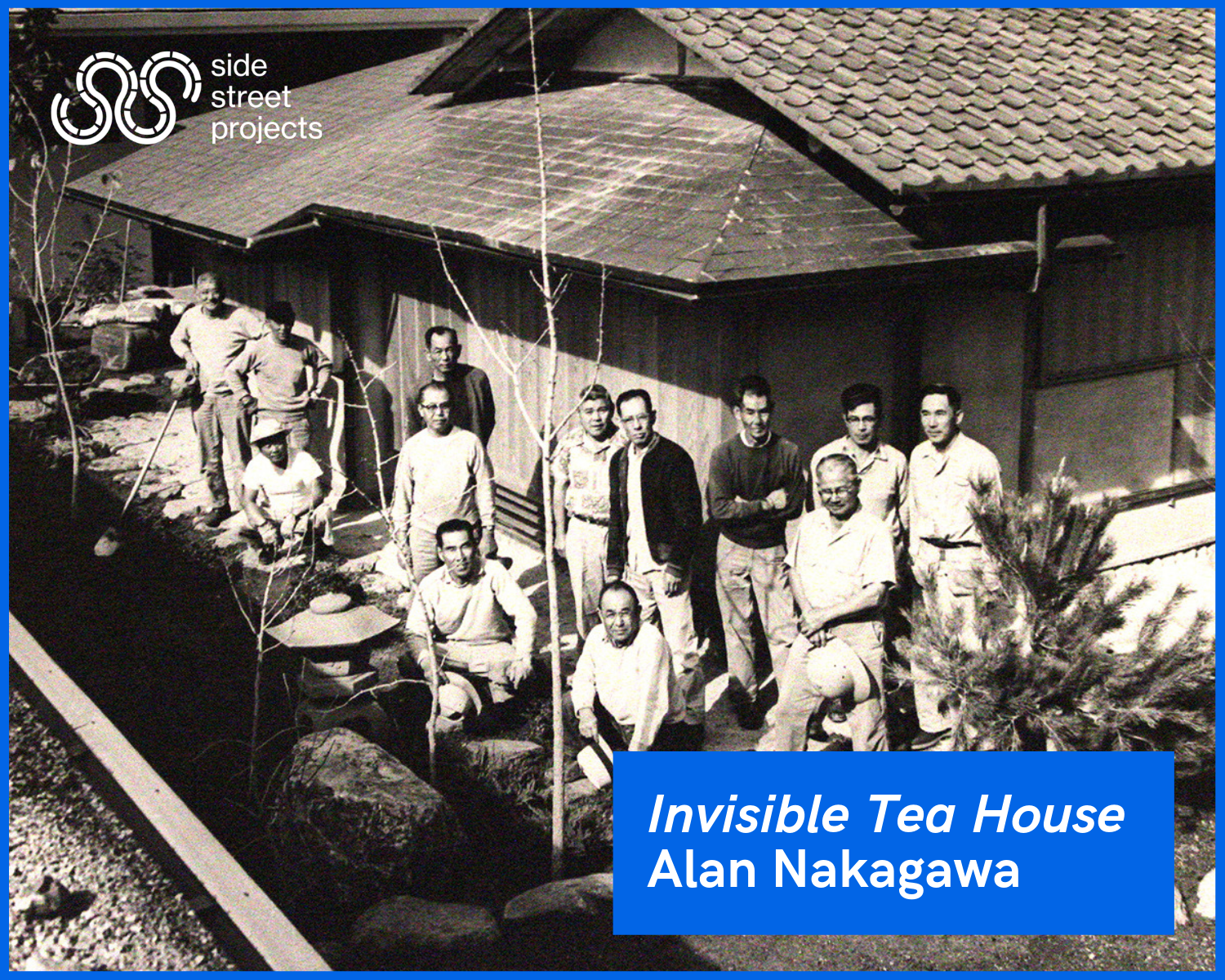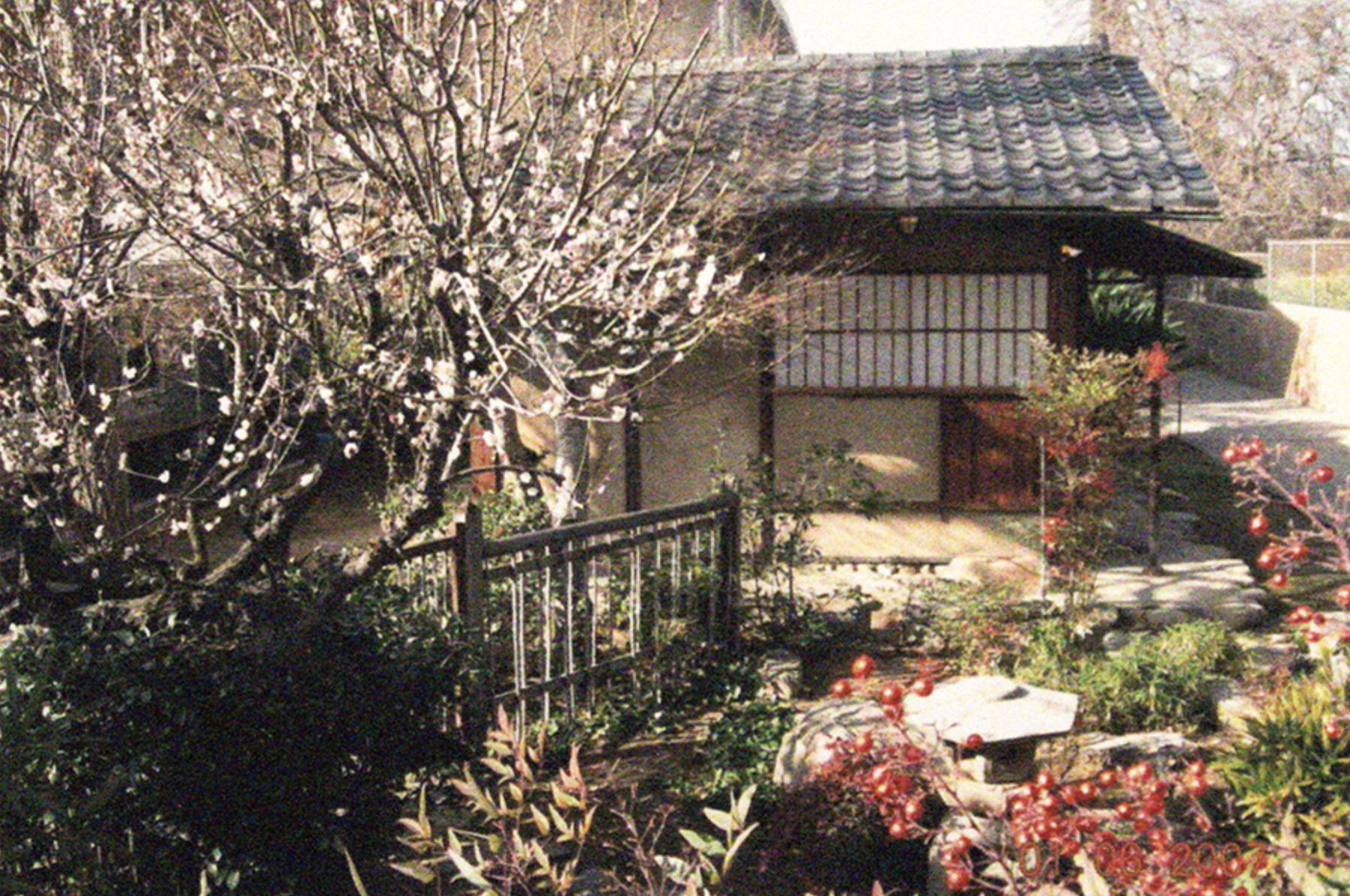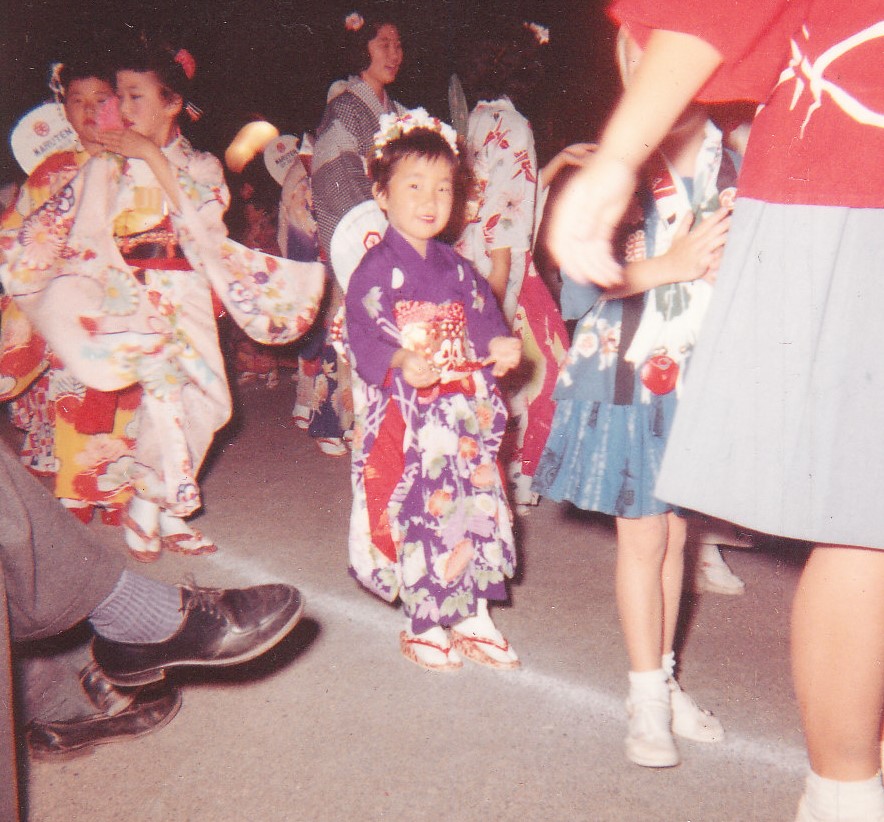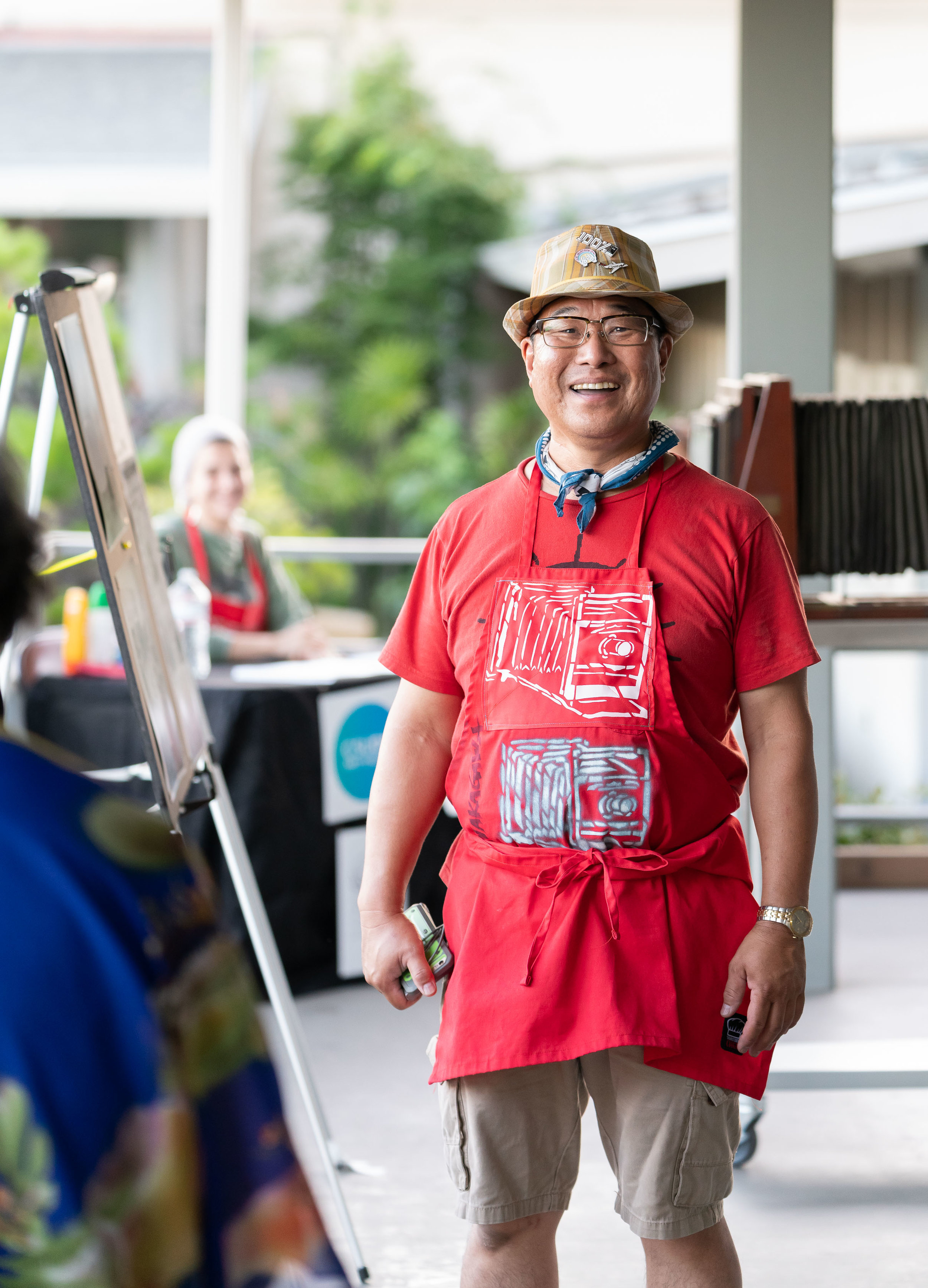Alan Nakagawa: The Invisible Tea House
Invisible Tea House (2019 - 2023) was the Pasadena Buddhist Temple’s ongoing Artist-in-residency with artist Alan Nakagawa through Side Street Projects. This multi-disciplinary and immersive engagement nurtured collaborative relationships with Temple members, local artists, and local neighbors. The residency was rooted in Nakagawa’s weekly presence, active listening, responsive programming, and love for uncovering forgotten history. With nineteen projects, Invisible Tea House became one of the most unique multi-year artist interventions to date. With each new discovery, the micro and the macro of this post-WWII Japanese American cultural center were being archived through art.
Phase One of the “Invisible Tea House” (2019-2020) revolved around the research of a Japanese Tea House, “Seifuan”, that was donated to the Pasadena Buddhist Temple by the Urasenke School in Japan in 1964 and became the center of Japanese Tea Ceremony in the region for thirty-five years. When Nakagawa began his artist residency, there was a disconnect between the current users of the Temple and the history of the tea house. The tea house was donated to the Huntington Library in 2011 and has become a showcase in their Japanese garden.
Through Nakagawa’s research and collaboration with Temple members, he was able to uncover information that linked the tea house to the 1951 US-Japan Treaty Peace and more importantly to Sen No Rikyu, the innovator of the Japanese Tea Ceremony. This phase was funded by the Pasadena Art Alliance through Side Street Projects.
Phase Two (2020-2021) was an expansion of research and artistic interpretations of artifacts found at the Temple that spoke to the cultural survival of Japanese Americans post-WWII imprisonment while continuing an ongoing archive building with the Temple community. Nakagawa produced two short films titled OTTO= SOUND: BANASHI= STORY and TSUGU. OTTO was a six-part tone poem and a 30-minute film about the complex character of a post-WWII Japanese American community in Pasadena, California. TSUGU was based on four interviews that tie the traditional Japanese art of Kintsugi (ceramic repair using gold foil), tattoo art, and asphalt patching into a commentary about how we repair, heal, and accept through mark-making.
Nakagawa and Temple members cleaned and repaired fifteen Butsudans and found all of them new homes.
In addition, he installed a SANGHA SUCCULENTS WALL onto the “*machiai” (a waiting bench placed at the entrance of a tea garden) of the former tea house once on the Temple campus. The “machiai” was relocated to hide the gas meters in front of the Temple.
“Invisible Tea House” Phase Three (2022-2023) was the continuation of Alan Nakagawa’s artist residency.
Nakagawa installed two sets of Pride and BLM banners at the Pasadena Buddhist Temple, hand-painted by the community.
In December 2022, Nakagawa launched the “Full Moon Raku Tea Project”, a celebration with the making of raku bowls created through a community ceramics workshop led by artist Wayne Perry. The bowls then went through the Raku fire process with the support of Green & Bisque Clayhouse. In early January 2023, the “Full Moon Raku Tea Project” cumulated with a night of celebration of the raku bowls led by Jose Salcedo and live traditional Koto Music by Hiroko Masuda, and June Chin, and Experimental Soundscapes with Nakagawa, William Roper, and Zoe Kumagai at the Pasadena Buddhist Temple.
Nakagawa then embarked on a three-day hybrid panel discussion between scholars and community members titled “The Invisible Tea House Lecture Series” in collaboration with the Asian American Justice and Innovation Lab (AAJIL).
(a) HISTORY AS CONTENT with guest speakers Susie Ling (Professor of Asian American Studies) Pasadena City College and Beverly Dekine (Neighbor) Pasadena. Moderated by Naomi Hirahara (Writer).
In this panel discussion, we listened to stories about the history of the African-American community in the neighborhood adjacent to the Pasadena Buddhist Temple and how the neighborhood has developed post “redlining” through personal and historical experiences.(b) CONFLICT & MUTUALITY with guest speakers Jose Salcedo (Tea Ceremony Instructor, Urasenke School) and Willam Roper (Tuba player and composer). Moderated by Leslie Ito (Director of the Armory Center for the Arts) Pasadena.
In this panel discussion, we learned through personal experiences how the Pasadena Buddhist Community has embraced participation from all and how the community has gauged growth through this open policy.(c) BUILDING COMMUNITY THROUGH THE ARTS with guest speakers Carribean Fragoza (Co-Founder of South El Monte Art Posse), Leslie Ito (Director of the Armory Center for the Arts), Michael Manalo (AAJIL Poetry Lab). Moderated by Alan Nakagawa (Artist-in-residence) Pasadena Buddhist Temple.
In this panel discussion, we heard case studies about how the arts were utilized to empower the community; what were the existing conditions, and how the art process changed.
Art Courtesy of Alan Nakagawa
During 2023 Spring’s Pasadena Art Night, Nakagawa took us on an Asian American futurist journey into the past of the “Invisible Tea House” 4-year residency at the Pasadena Buddhist Temple through a multimedia installation.
There was live traditional Koto music performed by Hiroko Masuda and June Chin and curated recordings by Nakagawa from his family Japeanse’s pop 45 records from the 1960s and 1970s.
Over four years, the residency accumulated a wealth of Japanese American history. This includes oral histories, a podcast series, photographs, videos, and a unique Misonodana created by artist Max Geldman displayed at the Temple. Including a community art gallery.
On January 29, 2024, Nakagawa delivered the Invisible Tea House Collection to Sacramento where it was received and included in the the Archives of the State of California.
This project is made possible with the support of the Mike Kelley Foundation.
Donations
HISTORY AS CONTENT
CONFLICT & MUTUALITY
BUILDING COMMUNITY THROUGH THE ARTS
FULL MOON RAKU TEA PROJECT
TSUGU
OTTO
TSUGU Q&A
Q&A section skip to 14:40
OTTO Q&A
Q&A section skip to 33:00
#InvisibleTeaHouse #InvisibleTeaHousePhaseTwo
BIO
Alan Nakagawa is an interdisciplinary artist who primarily works with sound, occasionally incorporating video, sculpture, drawing, painting, performance, text, food, and perfumes.
He’s currently in his fourth year as the artist-in-resident at the Pasadena Buddhist Temple through Side Street Projects. He is developing multidisciplinary art projects in response to a Japanese tea house that was once on the Temple grounds as well as responding to artifacts from when Japanese was spoken more in the community.
Nakagawa has been working on a semi-autobiographical sound-based environment, utilizing multi-point audio field recordings of historic interiors; Peace Resonance; Hiroshima/Wendover combines recordings of the Hiroshima Atomic Dome (Hiroshima, Japan) and Wendover Hangar (Utah); Conical Sound; Antoni Gaudi and Simon Rodia combines recordings of Watts Towers (Los Angeles) and the Sagrada Familia (Barcelona, Spain).
He recently released A.I.R.Head: The Anatomy of an Artist in Residence a multi-disciplinary book project about his trajectory to the variety of artist-in-residence opportunities he’s recently had the privilege of receiving. This project is a collaboration with Writ-Large Press.
Nakagawa is a recipient of two Art Matters grants, the City of Los Angeles Artist Fellowship, the California Community Foundation Mid-Career Artist Fellowship, and a Monbusho Scholar.
He was the first artist-in-residence for the Los Angeles Department of Transportation and the Los Angeles County Library. Nakagawa was invited by the Smithsonian Museum of American History to research the development of hearing aid in the US. He currently resides in Los Angeles’ Koreatown and continues to exhibit and develop his creative practice.
Listen to the Invisible Tea House Podcast below!

